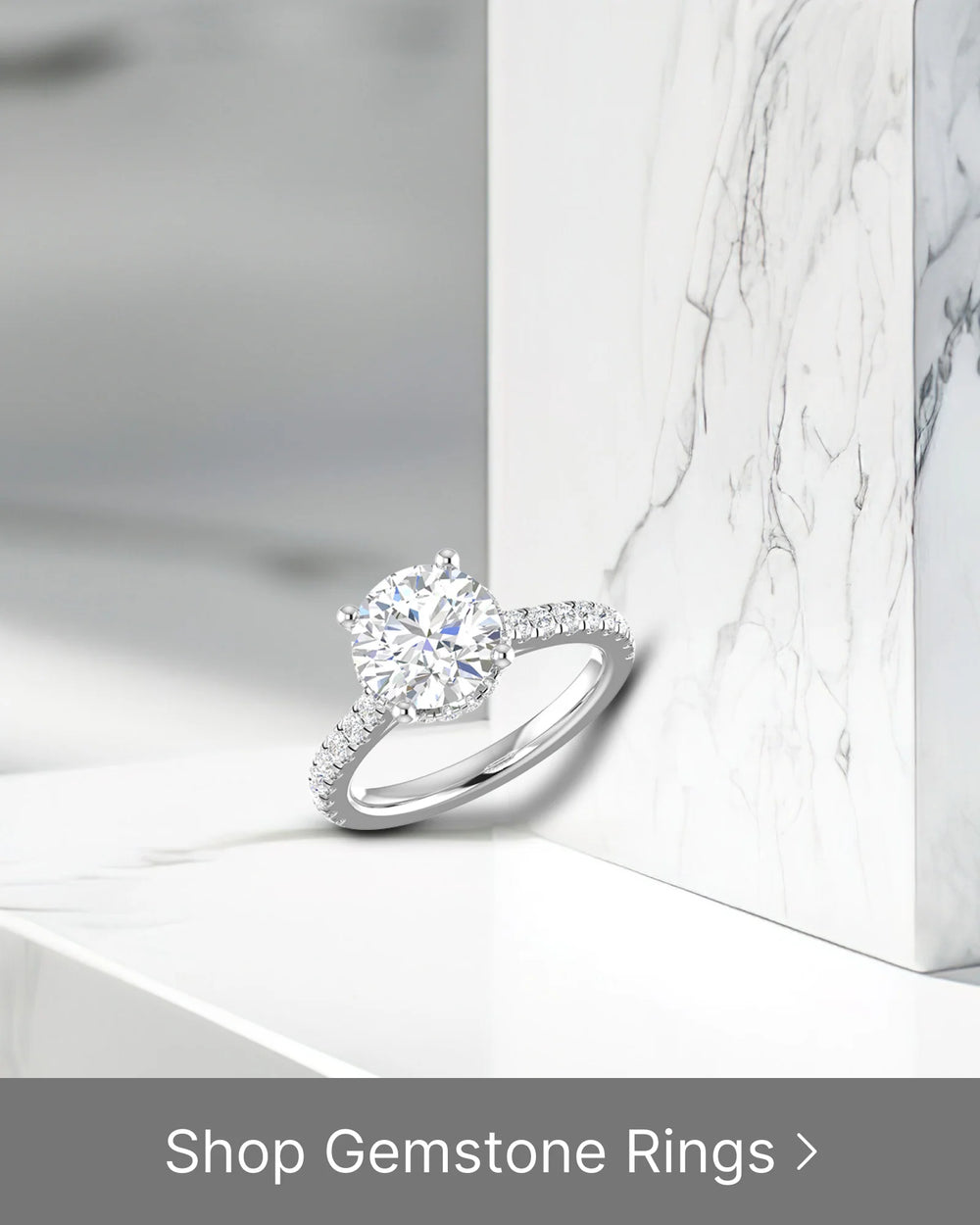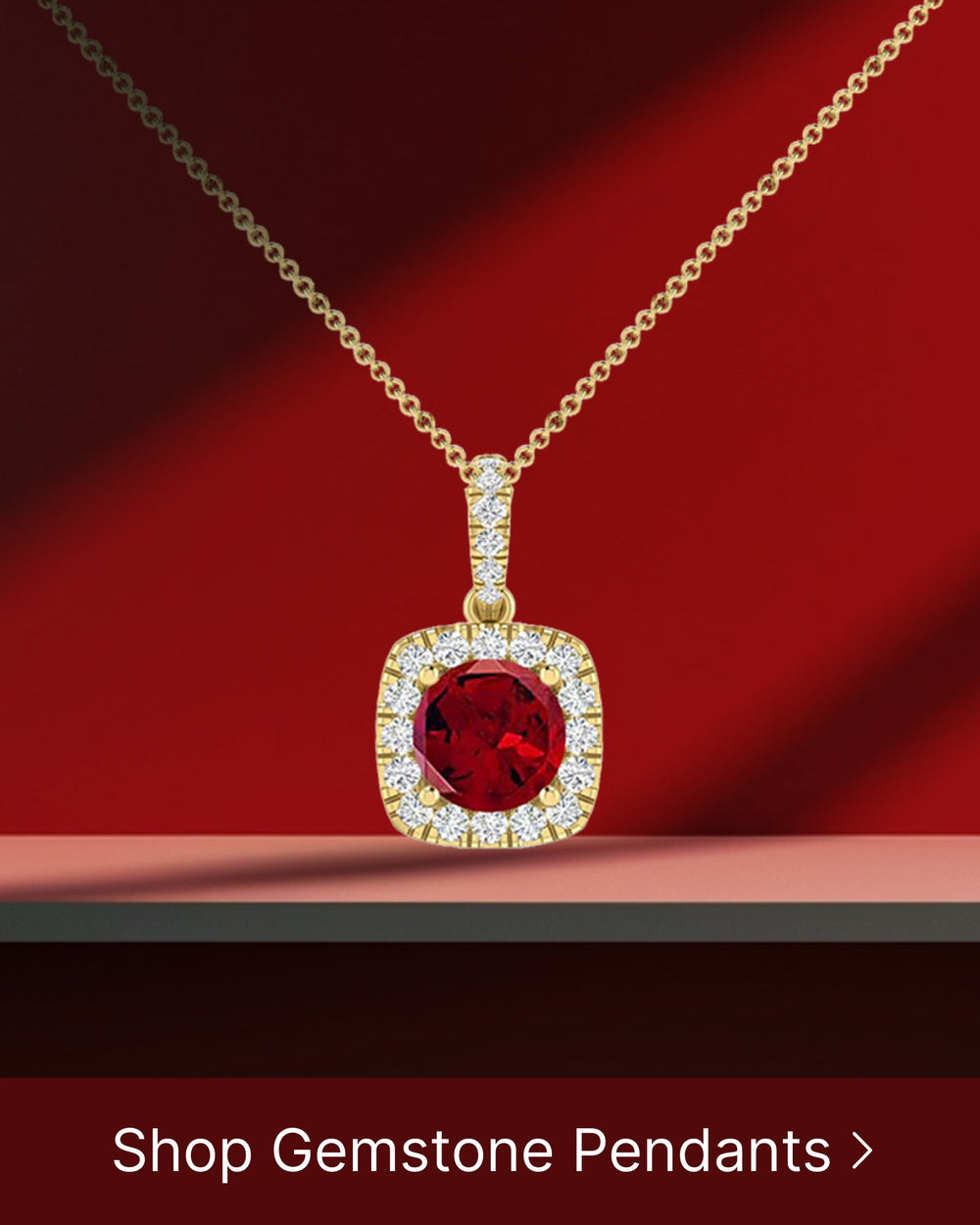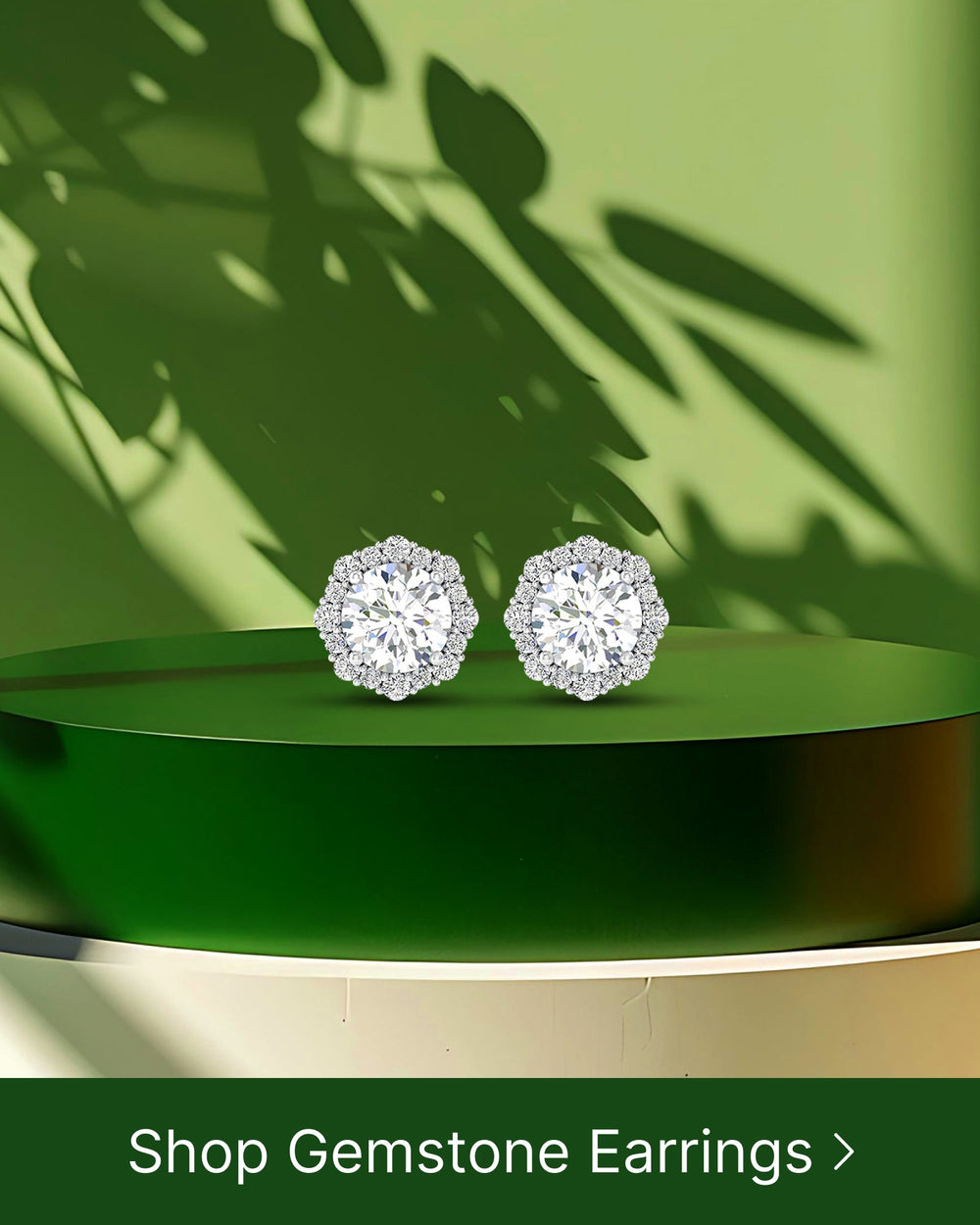Akoya pearls and freshwater pearls are both popular choices when it comes to pearl jewelry. Although they may appear similar at first glance, there are distinct differences between them in terms of their formation, characteristics, and value. In this article, we will delve into the uniqueness of Akoya and freshwater pearls, exploring their origins, physical attributes, and how they compare to each other.
Understanding Pearls: An Overview
Pearls are formed within certain species of mollusks, such as oysters and mussels. When an irritant, such as a grain of sand or a piece of shell, enters the mollusk, the creature secretes a substance known as nacre to protect itself. Over time, layer upon layer of nacre coats the irritant, creating a pearl. This process can take several years, resulting in the formation of unique and coveted gemstones.
The Formation of Pearls
The formation of pearls begins when an irritant enters the mollusk. This irritant triggers a healing response from the mollusk, which secretes nacre to coat the irritant. Over time, the layers of nacre build up, forming a pearl. Factors such as the size, shape, and quality of the nacre contribute to the overall beauty and value of the pearl.
As the mollusk continues to secrete nacre, the pearl grows in size. The layers of nacre add depth and luster to the pearl, giving it its characteristic iridescence. The process of pearl formation is a delicate and intricate one, requiring the perfect balance of environmental conditions and the health of the mollusk.
Interestingly, not all irritants that enter a mollusk result in the formation of a pearl. Sometimes, the irritant is expelled or dissolved by the mollusk's natural processes. Only under certain conditions does the mollusk respond by creating a pearl, making each pearl a unique and rare treasure.
Different Types of Pearls
There are various types of pearls available in the market, each with its own unique characteristics. Two popular types are Akoya pearls and freshwater pearls.
Akoya pearls are known for their exceptional luster and round shape. They are primarily cultivated in Japan and are often used in high-end jewelry pieces. Akoya pearls are typically white or cream in color, with a beautiful reflective surface that gives them a timeless elegance.
On the other hand, freshwater pearls are cultivated in rivers, lakes, and ponds. They come in a wide range of colors, shapes, and sizes, making them a versatile choice for jewelry designers. Freshwater pearls are known for their affordability and natural beauty, making them a popular option for both casual and formal wear.
Other types of pearls include Tahitian pearls, which are prized for their dark colors and exotic beauty, and South Sea pearls, which are known for their large size and luxurious appeal. Each type of pearl has its own unique characteristics, making them highly sought after by collectors and enthusiasts.
The Unique Characteristics of Akoya Pearls
Akoya pearls are renowned for their exquisite luster and classic beauty. These pearls are primarily cultivated in Japan and are typically harvested from Akoya oysters. The cultivation process involves implanting a small bead and a piece of mantle tissue into the oyster, stimulating the pearl-forming process.
Akoya pearls have a long-standing history of being cultured in Japan. The waters along the coast provide the ideal conditions for the growth of these pearls. Skilled pearl farmers carefully tend to the oysters, ensuring they receive the necessary nutrients and care to produce high-quality pearls.
When it comes to the physical attributes of Akoya pearls, their exceptional luster is what sets them apart. This luster gives them a beautiful shine and depth, making them truly captivating. The round or near-round shape of Akoya pearls is highly sought after in jewelry, as it adds to their overall elegance and sophistication. The average size of Akoya pearls ranges from 6mm to 8mm, although larger pearls can also be found, making them suitable for a variety of jewelry designs.
Aside from their physical appearance, the value of Akoya pearls lies in their quality and consistency. The cultivation process of Akoya pearls is meticulously controlled, resulting in pearls with a higher level of quality and uniformity compared to other types. This attention to detail ensures that each Akoya pearl possesses the desired characteristics that make them highly sought after in the jewelry market.
Furthermore, the consistent color of Akoya pearls adds to their allure. Whether it's the classic white or the rare black variety, Akoya pearls maintain a consistent color throughout their surface, adding to their overall aesthetic appeal.
Due to their exceptional luster, roundness, and consistent color, Akoya pearls are considered a symbol of elegance and sophistication. They are often used in high-end jewelry pieces, such as necklaces, earrings, and bracelets, and are highly valued by collectors and enthusiasts alike.
When it comes to choosing Akoya pearls, it is important to consider factors such as size, shape, luster, and color. Each pearl is unique, and finding the perfect one that meets your preferences and style is part of the joy of owning Akoya pearls.
The Distinct Features of Freshwater Pearls
Freshwater pearls, on the other hand, have their own unique charm. They are primarily cultivated in freshwater lakes, rivers, and ponds, and are harvested from mussels. The cultivation process for freshwater pearls differs from that of Akoya pearls.
When it comes to freshwater pearls, their source and production are fascinating aspects to explore. These pearls are extensively produced in various regions across the globe, including China, the United States, and Europe. Unlike Akoya pearls, which are typically cultivated in saltwater, freshwater pearls are formed within mussels found in freshwater bodies. This means that the environment in which they are grown greatly impacts their characteristics and appearance.
Speaking of appearance, freshwater pearls come in a wide range of natural colors that are truly captivating. From the classic white pearls to the delicate shades of pink, lavender, and peach, these pearls offer a diverse palette for jewelry enthusiasts to choose from. Additionally, freshwater pearls exhibit various shapes, ranging from the traditional round pearls to the more unique and irregular baroque pearls. This variety in shape adds an element of individuality and charm to each pearl, making them even more alluring.
One of the distinctive qualities of freshwater pearls is their nacre coating. Nacre is the substance secreted by the mollusk to form the pearl. Due to the way they are cultured, freshwater pearls often have a thicker nacre coating compared to other types of pearls. This thicker coating gives them a softer and more organic appearance, enhancing their natural beauty and making them highly sought after by pearl connoisseurs.
When it comes to pricing, freshwater pearls have a significant advantage. They are generally more accessible in terms of price compared to Akoya pearls. This is primarily due to the difference in cultivation techniques and the larger quantities in which freshwater pearls can be produced. The affordability of freshwater pearls makes them an attractive option for those who appreciate the elegance and sophistication of pearls but have a budget to consider.
In conclusion, freshwater pearls possess distinct features that make them a captivating choice for jewelry lovers. From their unique cultivation process to their diverse colors and shapes, these pearls offer a wide range of options for creating stunning pieces of jewelry. Their affordability further adds to their appeal, making them a popular choice among those seeking the beauty of pearls without breaking the bank.
Akoya vs Freshwater Pearls: A Detailed Comparison
When it comes to comparing Akoya and freshwater pearls, several factors should be considered.
Comparing Luster and Shine
Akoya pearls are well-known for their intense luster, which gives them a mirror-like shine. The high-quality nacre coating and round shape contribute to this characteristic. Freshwater pearls, while also exhibiting luster, usually have a softer glow due to their thicker nacre coating and baroque shapes.
Size and Shape Differences
Akoya pearls tend to have a smaller size range, with an average diameter of 6mm to 8mm. Freshwater pearls, on the other hand, can vary in size, ranging from small seed pearls to larger sizes. In terms of shape, Akoya pearls are more likely to be round or near-round, while freshwater pearls can be found in a wider range of shapes, including baroque and button-shaped.
Color Variations
Akoya pearls are commonly white or cream in color, with a rose overtone. Freshwater pearls, on the other hand, offer a broader spectrum of colors, including white, pink, lavender, and other pastel hues. The wide range of color options makes freshwater pearls a versatile choice for jewelry designs.
Durability and Longevity
Both Akoya and freshwater pearls are durable gemstones that can withstand everyday wear. However, Akoya pearls, with their thicker nacre and nucleation process, tend to be more resistant to wear, making them suitable for heirloom jewelry that can be passed down through generations.
In conclusion, Akoya and freshwater pearls each have their own unique characteristics that make them desirable to different individuals. Akoya pearls are known for their exceptional luster, roundness, and consistent color, while freshwater pearls offer a wider variety of shapes and colors at a more affordable price point. When choosing between Akoya and freshwater pearls, consider your personal preferences and the specific qualities that appeal to you the most. Regardless of your choice, both types of pearls are timeless and elegant options for any jewelry collection.





